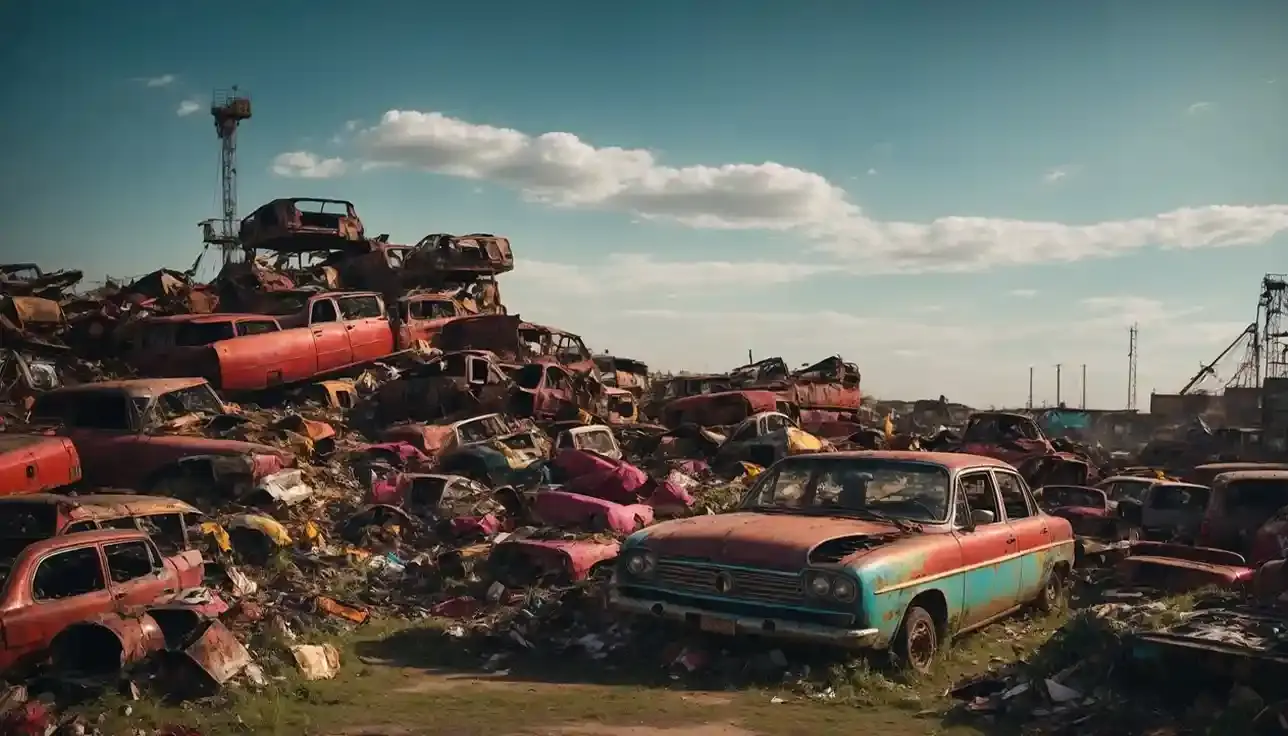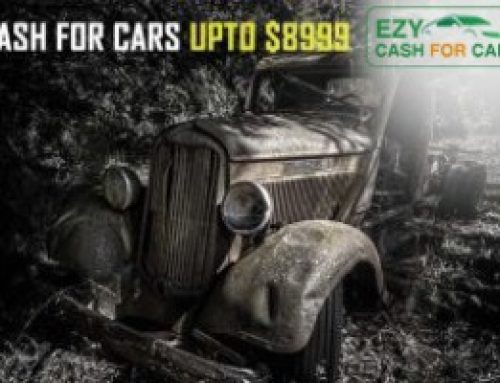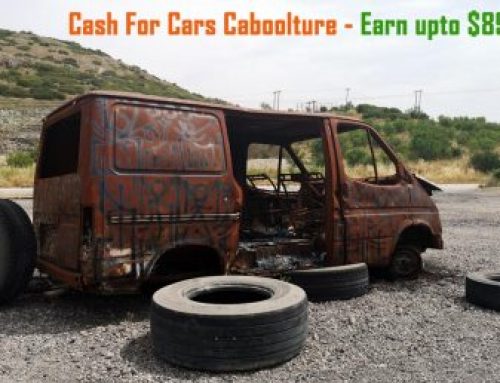Have you ever wondered what happens to those old cars that seemingly disappear from the roads? It’s like an adventure where aging vehicles get a chance to embark on a brand new chapter. Let’s explore how these old cars are given a second life through the salvaging techniques employed by the teams at the scrap yard.
Inspection of the old vehicle:
The first step of the scrap yard team is to inspect and segregate the useful parts from the old vehicle this is also called sorting. Cars are segregated based on their condition, age, and make. A team of skilled technicians inspects each vehicle, assessing its potential for reusable parts. Every vehicle part is inspected, from engines and transmissions to smaller components like alternators and radiators. Hazardous materials, such as oils, coolants, and other fluids, are carefully drained and collected for proper disposal.
Hence, it’s best to sell your car to a scrap yard, as you can gain top cash for old car and be a part of the eco-friendly disposal of your scrap car, without causing any harm to the environment.

Reuse of Auto Parts:
Auto parts recycling depends heavily on salvage yards. After the salvageable components are located and extracted from the old automobiles, they are often put up for sale as reasonably priced replacements for those who want to fix their cars. This lowers the need for new production while also offering automobile owners affordable options.
Recycling of Fluids:
Scrap yards not only drain dangerous fluids during the inspection process, but they also recycle these fluids. To avoid contaminating the environment, processed liquids like as oil and gearbox fluids are frequently reused or disposed of appropriately. By managing fluids responsibly, it is ensured that no toxic compounds are discharged into the environment.
Plastic and Rubber Recycling:
Not all automobile parts are made of metal; some are also composed of plastic and rubber. Separating and recycling these materials is the goal of the recycling facilities. Rubber and plastic recycling lowers the need for new production, which in turn lessens the requirement for petroleum-based resources and lessens the environmental effect of producing these products.
Demolition:
With the salvageable parts removed, the demolition begins. Towering machines equipped with powerful claws descend upon the remains of the vehicles. Then it is reduced to fragments, creating piles of twisted steel and shattered glass.
Metal Recycling:
The shredded metal is not thrown into the landfills. Instead, it undergoes a transformative journey through massive shredders. These larger machines, capable of reducing a car to tiny metal fragments, create a raw material that will be reborn as new steel. This recycling process helps in reducing carbon footprint and conserving natural resources.
Environmental Impact:
Recycling steel requires significantly less energy than producing it from raw materials, reducing greenhouse gas emissions and preserving natural resources. Manufacturers increasingly incorporate recycled steel into new vehicles, so we don’t have to make everything from scratch, saving energy and reducing waste.
Therefore, car recycling is like giving old cars a chance for a second life.








